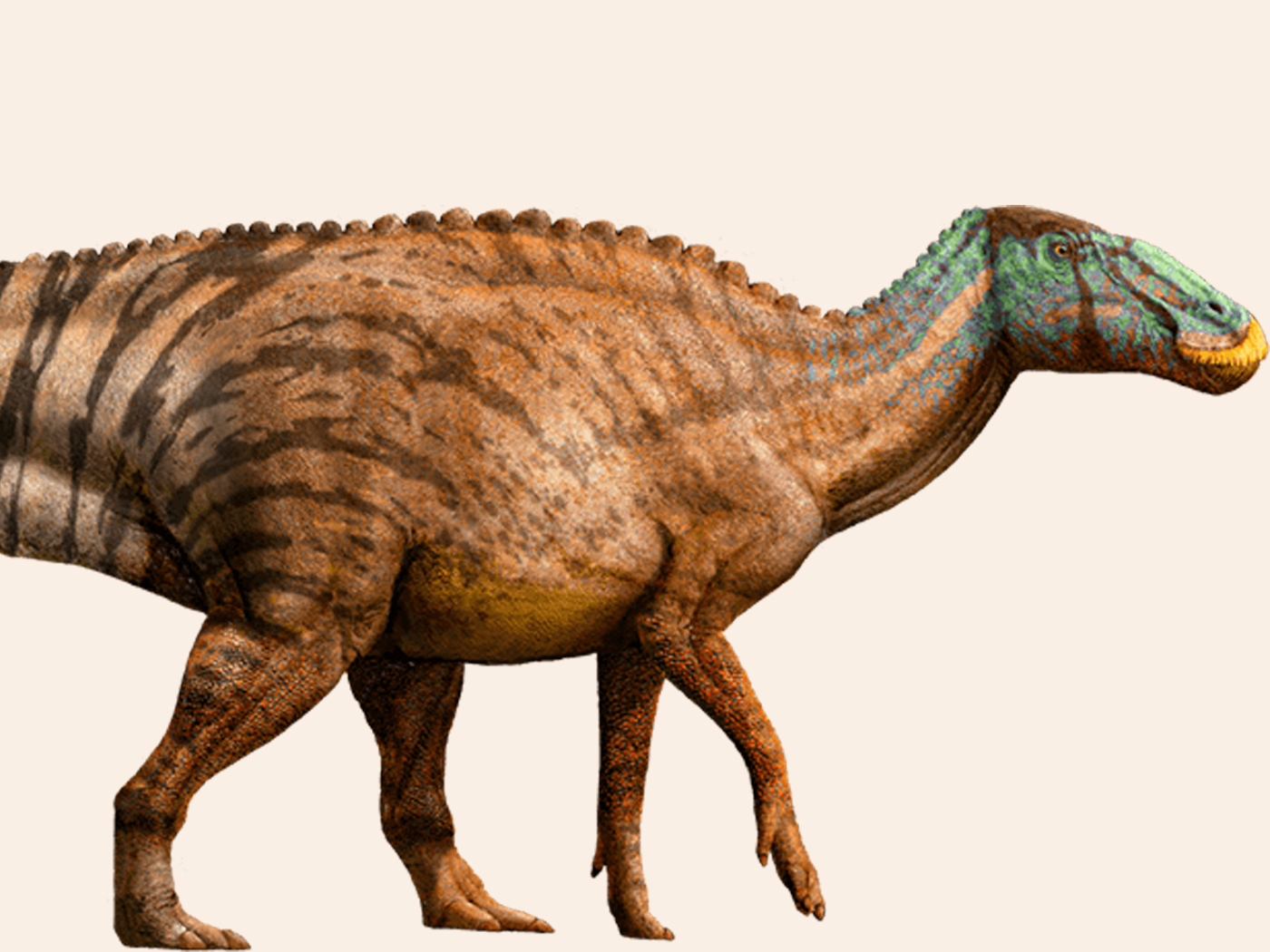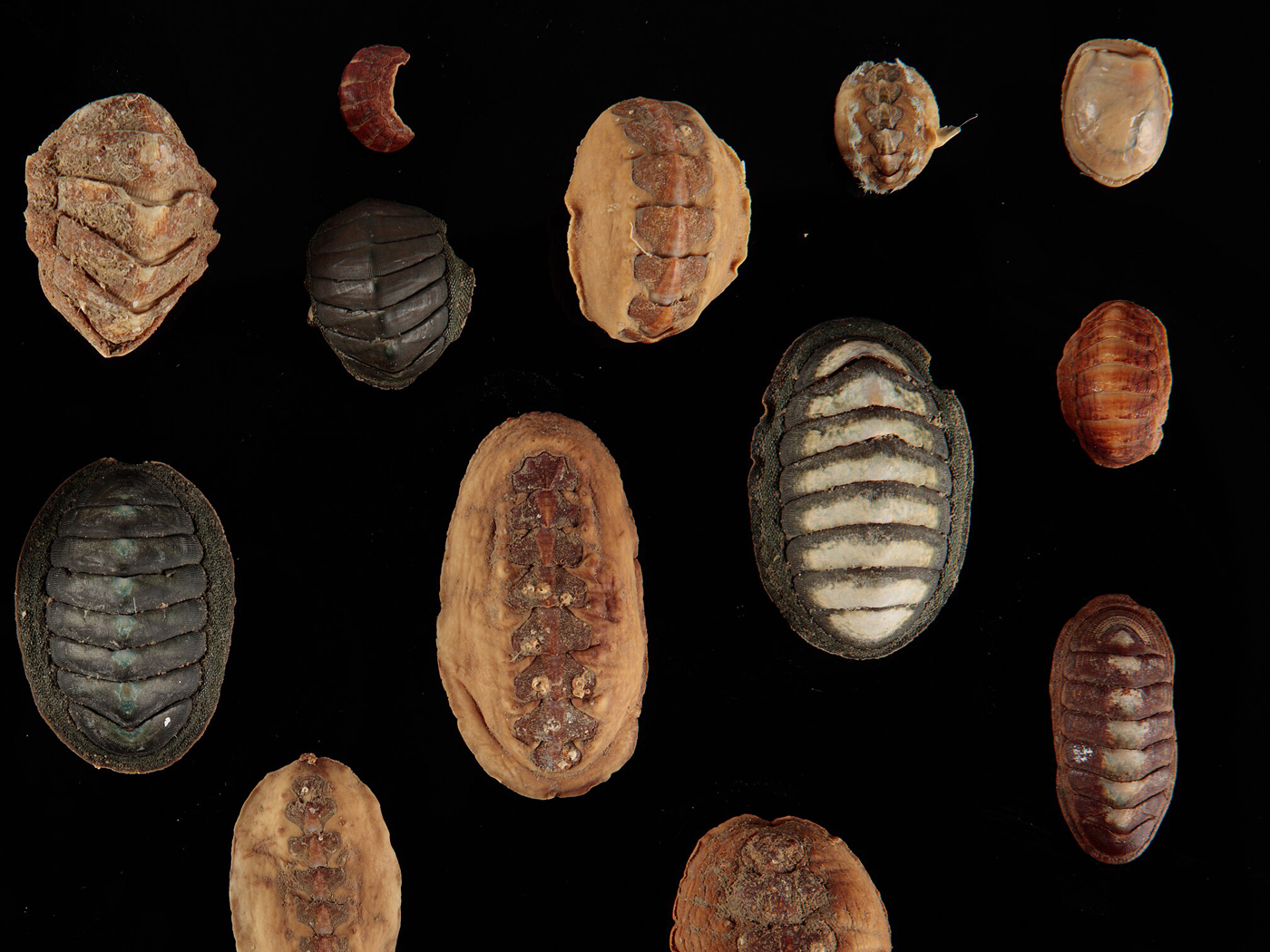The eye is an ingeniously designed biological mechanism. In 1802, William Paley used eyes as a clear illustration of what he called "contrivances," i.e., "well-designed machines." Before Charles Darwin's publications, many naturalists used Paley's textbook, Natural Theology.
Paley wrote regarding the eye's adjustable lens: "Can anything be more decisive of contrivance than this? The most secret laws of optics must have been known to the author of a structure endowed with such a capacity of change."1
He attributed the design and construction of eyes to the Creator God, whereas Darwin credited their design to nature. The retina contains tiny molecular machines that capture light and convert it into electrochemical signals. New research on how they do this emphasizes exactly why Paley was right.
Two molecules in the retina—vitamin A and a protein named "opsin" that together make "rhodopsin"—capture single light photons. When light strikes the vitamin, it changes shape and becomes the molecule "11-cis-retinal." This in turn changes the rhodopsin's shape. When light activates enough of these molecular switches within the light-sensitive cell, they cause downstream biochemical systems to amplify and send the signal from the retina, through the optic nerve, and to the brain. This complex photochemical reaction is at the heart of what allows eyes to detect light and send signals that the brain can form into meaningful images.
When light strikes vitamin A, the molecule bends at the 11th carbon bond. In other versions, or "isomers," of this chemical, the bend could occur at the 9th, 10th, or 13th carbon atoms. Curious to find out why vertebrate and squid eyes use 11-cis-retinal instead of another isomer, researchers tested the various isomers for light receptivity. They constructed digital molecular models and "analyzed the structure, stability, energetics, and spectroscopy to try to find out what makes 11-cis-retinal nature's preferred isomer," according to a report by PhysOrg.2
But did nature really "prefer" this particular vitamin, and did it integrate the vitamin with opsin in order to generate an electrical impulse from light?
Publishing in the Journal of the American Chemical Society, the team of chemists wrote, "One of the basic and unresolved puzzles in the chemistry of vision concerns the natural selection of 11-cis-retinal as the light-sensing chromophore [molecule] in visual pigments."3 The research question was essentially, why 11-cis-retinal and not some other, similar molecule?
Lead author and Emory University chemist Sivakumar Sekharan told PhysOrg, "Our results show that the strong electrostatic interaction between retinal and opsin favors the natural selection of 11-cis- over other cis-isomers."2 In other words, the researchers found that only when vitamin A bends at the 11th carbon atom—not the 9th, 10th, or any other—does it receive light and interact with opsin.
However, their experimental results did not "show" natural selection at all! They merely showed that opsin and 11-cis-retinal fit like a hand in a glove.
Sekharan also said, "This indeed is very surprising given the fact that, outside the protein environment, 11-cis-retinal is one of the least stable isomers. Apparently, our results on cow, monkey and squid [eyes] demonstrate that organisms everywhere may tend to gravitate towards common selection."2
But their research focus begs the question of who or what "selected" this isomer, and they gave no space to the possibility that an actual person or selector was responsible instead of nature. The surprise comes from the fact that on its own, vitamin A almost never exists in its 11-cis-retinal form. Therefore, natural selection would not have "seen" it. So, how could nature select what it cannot even see?4
The Bible offers a different source for the eye's development: "He that planted the ear, shall he not hear? he that formed the eye, shall he not see?"5 Not only was the Creator fully aware of the laws of optics that William Paley recognized so long ago, but when He formed the eye He also intimately knew the laws of electrostatic interactions, biomolecular stability, and chemical energetics explored in this recent retina research.
Having formed all molecules, in His omniscience God certainly selected the perfect vitamin to perform this key task in transforming light into vision.
References
- Paley, W. 1802. Natural Theology: Or, Evidences of the Existence and Attributes of the Deity, Collected from the Appearances of Nature. London: Wilks and Taylor, 29.
- Zyga, L. Scientists solve mystery of the eye. PhysOrg. Posted on physorg.com November 17, 2011, accessed November 17, 2011.
- Sekharan, S. and K. Morokuma. 2011. Why 11-cis-Retinal? Why Not 7-cis-, 9-cis-, or 13-cis-Retinal in the Eye? Journal of the American Chemical Society. 133 (47): 19052-19055.
- Guliuzza, R. 2010. Natural Selection Is Not "Nature's Intelligence." Acts & Facts. 39 (5): 10-11.
- Psalm 94:9.
* Mr. Thomas is Science Writer at the Institute for Creation Research.
Article posted on December 5, 2011.














